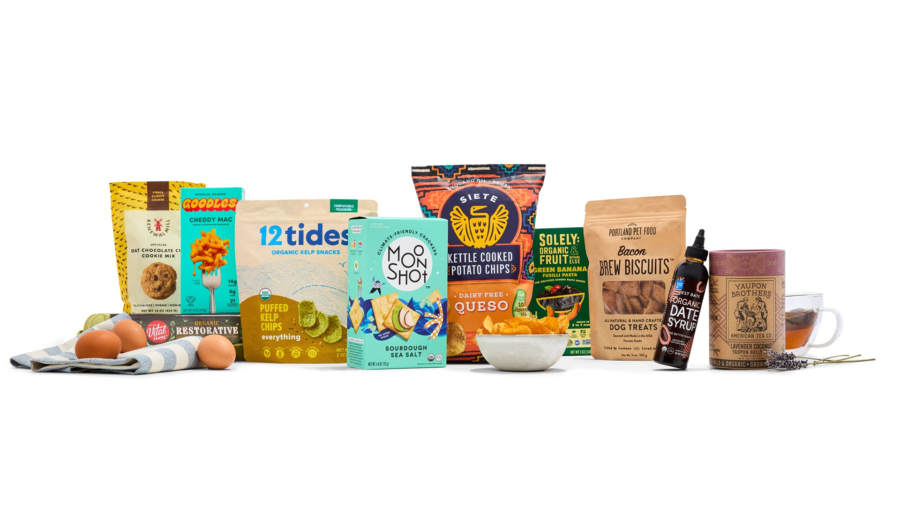Whole Foods Market’s Trends Council recently unveiled its eighth annual top 10 food trends for 2023, which largely speak to consumer’s personal and planetary wellness concerns.
“We’re thrilled to see things like baked goods with upcycled pulp from plant-based milks and ingredients like farmed kelp continue to gain popularity,” said Sonya Gafsi Oblisk, Chief Marketing Officer at Whole Foods Market in the report. “From product labels that include sustainability efforts to poultry and egg suppliers that are leading the way in animal welfare, many of this year’s trends predictions showcase brands on a mission to make a true impact.”
Here are three major themes that stood out.
Plant-Based Proliferation
The use of plant-based ingredients was a leading theme across the top ten trends, with many offerings replacing traditional—and often less nutritious or environmentally friendly—options.
- Plant-Powered Pasta: Plant-based pasta alternatives continue to pick up steam as brands expand upon ingredients like chickpeas and cauliflower with produce such as spaghetti squash, hearts of palm, and green bananas.
- Dates as Sweetener: The dehydrated fruit often referred to as “nature’s candy” is having a major renaissance as a sweetener—not only for at-home bakers, but in everything from pastes and syrups to ketchup and overnight oats.
- Avocado Oil: With considerable positive attributes including high oleic fatty acid content, avocado oil is going mainstream in packaged products as a replacement for other oils like canola and safflower oil in snacks, mayonnaise, ready-to-eat meals, and more.
- Kelp on the Rise: Kelp-inspired foods are gaining popularity. In addition to absorbing carbon in the atmosphere, kelp grows quickly and doesn’t require freshwater or added nutrients. Furthermore, it is nutritious and versatile in food products, including noodles, chips, and fish-free “fish” sauce.
Increased Climate Consciousness
Along with the rise of more sustainable ingredients, the trends also highlight other ways in which brands are zeroing in on carbon- and climate-related challenges.
- Repurposing Food Waste: An influx of brands are innovating in the upcycling space by repurposing production byproducts such as oat, soy, and almond pulp to create new products for the modern baker, including alternative flours, baking mixes, and ready-to-eat sweets.
- Packaging Callouts: A growing number of brands are also utilizing product labels and package designs to highlight climate-friendly product attributes and internal sustainability efforts.
Pursuing Better-for-You
This ongoing trend continues to gain traction across categories.
- Nutritional Nostalgia: From mac and cheese and pizza to breakfast cereals, retro products are being reinvented with consideration for the wellness-conscious customer, creating the ultimate mash-up of throwback indulgences with special diets and alternative ingredients—many of which are plant-based—in mind.
- Poultry Quality: In addition to personal health and wellness, a growing number of consumers are prioritizing animal welfare when shopping for poultry and eggs, with more priority placed upon cage-free living conditions.
Interested in learning more? Take a look in the archives at The Food Institute’s coverage of the 2022 report.











